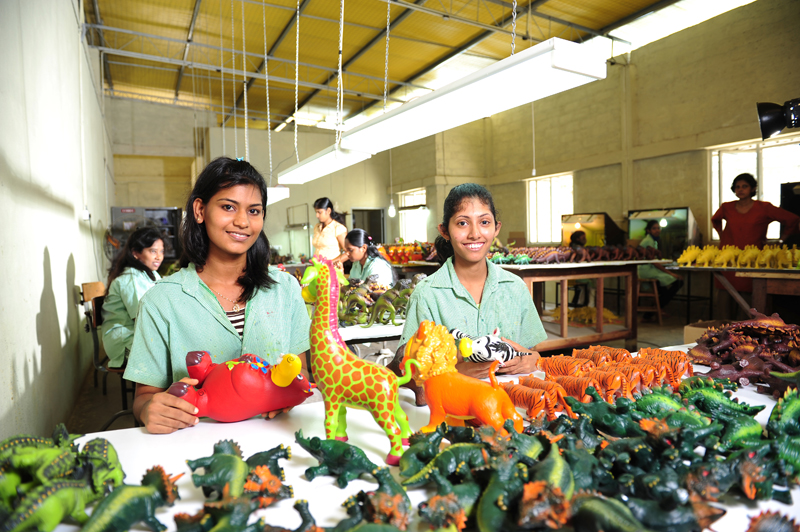
In the Past...
Natural rubber was known to the indigenous peoples of the Americas long before the arrival of European explorers. In the 16th century it was reported that Mexican tribes people were playing with elastic balls.
In 1876, a group of British businessmen smuggled rubber tree seeds from the Amazon to the British Botanical Gardens where they managed to create more durable hybrids that just happened to thrive in the British colonies in Southeast Asia. By 1910, the centre of the global rubber market shifted from the Amazon to Malaysia, Singapore and Sri Lanka.
The first use for rubber was an eraser or India Rubber as it became known. One of its early applications was to make jars to ship wine. Other applications were for the production of flexible tubes and waterproof footwear.
Natural rubber is obtained through coagulating the latex produced by the Brazilian rubber-tree (Hevea Brasiliensis). This raw material is tapped from the rubber tree, which is native to Amazonia. In the 1830’s Charles Goodyear worked out how to vastly improve rubber beyond its natural state with a process called vulcanization, a process by which natural rubber is treated under heat and pressure to improve its elasticity and to enhance its strength and hardness. Once vulcanized, rubber becomes capable of withstanding punishing heat and pressure. Suddenly the uses of rubber opened up considerably — tires, hoses, shoe soles, fan belts — and this coincided with the Industrial Revolution. Later rubber was applied to the making of tyres for bicycles and motor vehicles. Charles Goodyear has been described as the inventor of the process which put rubber into the service of the world.

